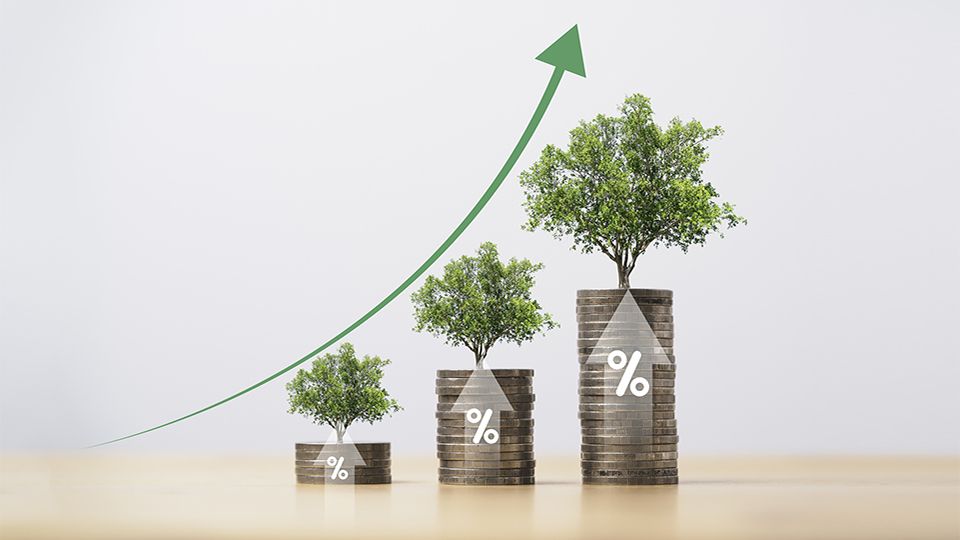Responsible investment funds almost tripled in size between 2012 and 2022, with assets under management (AUM) increasing from $2.2trn to nearly $6trn, according to analysis released by CFA Institute.
Based on the Lipper definition of responsible investment, the report – Responsible Investment Funds Build Consistent Market Presence – shows the market share of responsible investment funds remained relatively constant during the same period, increasing from 14.2% in 2012 to 15.4% in 2022. This suggests that, rather than gaining popularity at the expense of non-responsible investment funds, their growth is in line with the broader investment fund market.
However, an increasingly complex regulatory and political environment for responsible investment funds may affect the growth of institutional assets and potentially deter investment firms from further increasing their investments in these products in the coming years, warned Rhodri Preece, senior head of research at CFA Institute.
Younger investors “will likely exert a growing influence on product developments in the coming years as their personal values and preferences manifest in investment strategies such as negative screening and thematic products,” Preece concluded.
Motives and strategy preferences
As part of the analysis, the report tracks responsible investing patterns among retail and institutional investors in Europe (including the UK) and the US, putting sustainable funds’ growth in the context of wider industry trends.
Asset owners in the Americas, for example, “are more likely to incorporate ESG factors into the investment process to enhance the risk/return profile on their investments”. In the US, the relatively greater share of assets held in responsible investment funds by institutional investors aligns with this conclusion, given that increasing risk-adjusted returns “is one of the primary motivations of institutional investors for incorporating ESG considerations in their investments.”
This situation contrasts with that of European investors, who are more likely to incorporate ESG factors into the investment process for ethical reasons. Further, European trends “appear to be driving global trends for responsible investment funds”, with total net assets (TNA) for European-domiciled responsible investment funds accounting for 90% of TNA for responsible investment funds globally as of 2022.
In terms of investment strategy, negative screening was the most popular for retail and institutional investors: nearly three quarters (72%) of responsible funds used negative screening strategies.
Additionally, approximately 25% of all institutional responsible investment fund assets were held in positive screening funds as of 2022, compared with approximately 20% for retail investors. According to the report, this suggests that institutional investors “invest more of their share of responsible investment fund assets in positive screening funds relative to retail investors”.
Impact investing strategies, however, remain a relatively small proportion of responsible investment fund assets (approximately 10 to 15% among institutional and retail share classes), with relative growth in assets held in institutional share classes during the period.
The report finally cautioned that the contrasting regulatory environments around the world for responsible investment funds, particularly in the US and Europe, create inconsistencies regarding the reporting and disclosure of ESG-related data.
“A general lack of clarity surrounding the terminology for ‘responsible investment funds’ exacerbates these inconsistencies”, says the report.
Although the authors based their terminology on Lipper’s definitions, many investors, firms and investment professionals have their own definitions for responsible investment funds, as well as opposing perspectives on what factors should be considered when classifying products as responsible investments.
Moreover, many of these definitions are subjective in nature, resulting in further inconsistencies among firms when classifying these products. Investment professionals and policymakers, therefore, are urged to be aware of these challenges and their implications for the industry.








